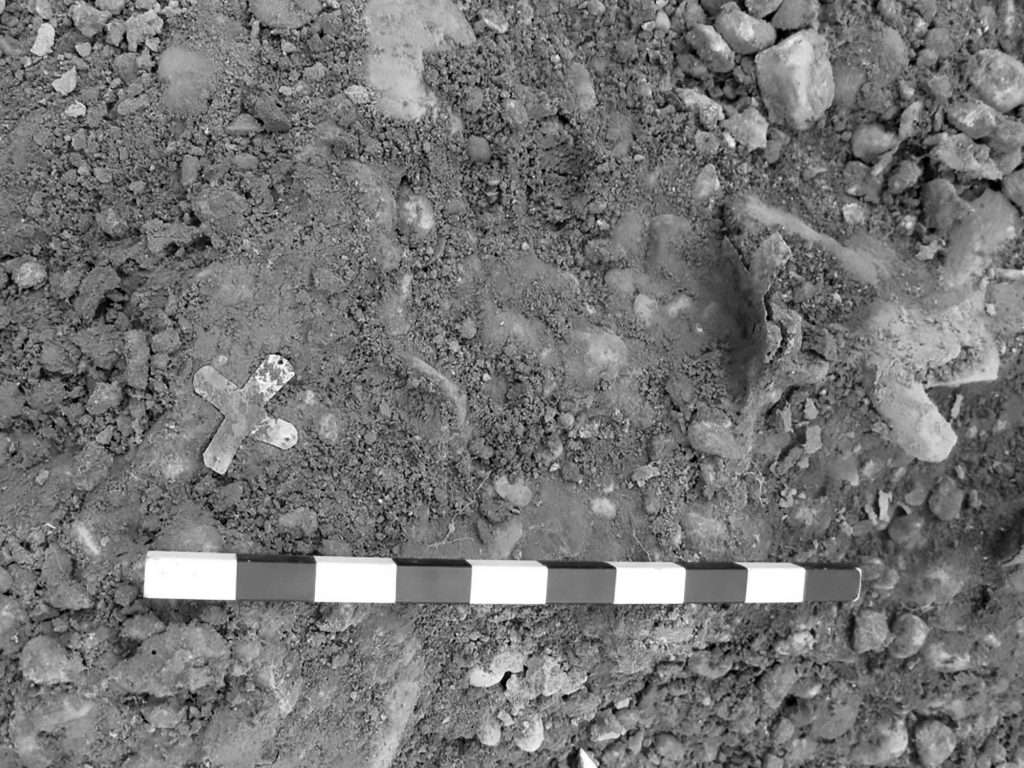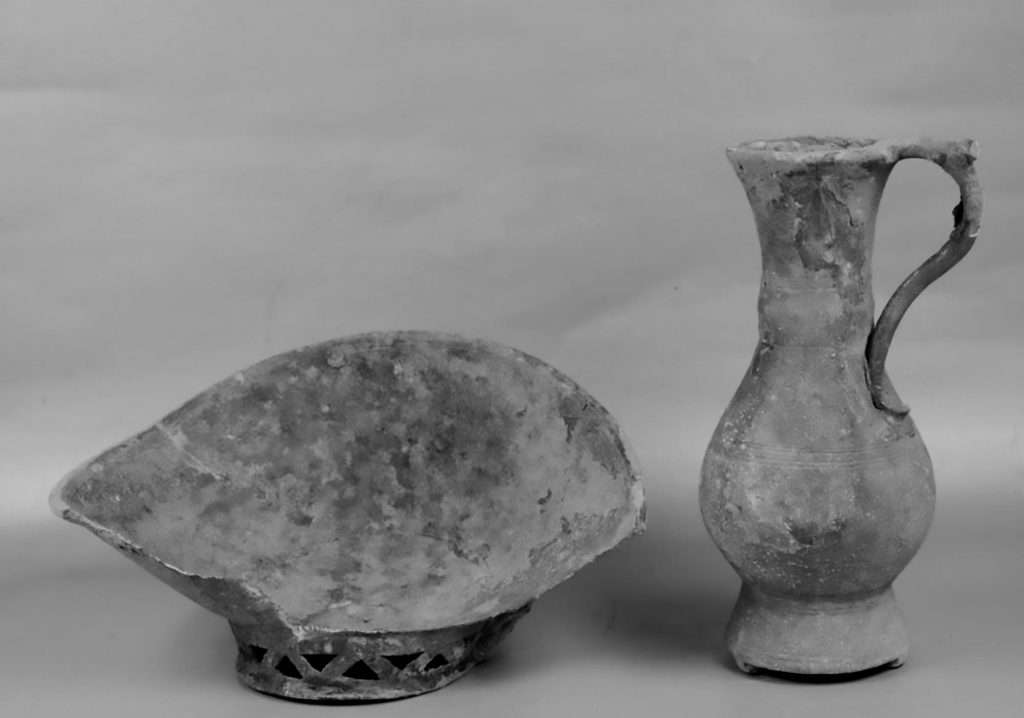Archaeologists have found the grave of a warrior nobleman not only buried with gold and other valuables but also with his beloved horse.
The discovery was made by archaeologists investigating a German Alamanni forerunner settlement in the municipality of Nordendorf in the state of Bavaria.
The Alamanni were an association of German tribes that lived on the Upper Rhine River area and were first mentioned by Roman historian Cassius Dio in A.D. 213 shortly before the Romans gave up trying to conquer the region and pulled out.

The site was first identified when over 430 graves were located in 1844 during the construction of the Augsburg-Donauwoerth railway line.
Since then there have been many new discoveries but the latest discovery is unique in including the horse and also the fact that it appears to have been unplundered, and is still containing all the riches that the warrior would have been buried with.
It includes the skeleton of an adult man who was buried with a small sword known as a Seax, and a Roman sword known as a Spatha as well as a lance, a shield and a horse complete with harnesses.
The excavation work was carried out last year and the items recovered are now at the Bavarian State Office for the Preservation of Monuments. The Minister of Science and Art Bernd Sibler said: “These offers valuable insights into our culture. The findings are significant and let the site appear in a new light.”

The head of Bavaria’s office for the preservation of monuments, Prof Mathias Pfeil, said: “What was also interesting was the presence of three gold leaf crosses in the grave, which as well as their material value, also show signs of the growing influence of Christianity in the region.
“Such offerings and burial rites as happened here have been documented in Europe since around the 5th century AD, and together with the other findings indicates that this was the grave of a person of significant importance.”
There was also various items of tableware as well as a bronze jug which allowed the experts to date the finders between the fifth and the seventh centuries A.D. They said they believed that the tableware had been imported to the region from Egypt, implying a wealthy person with extensive international connections.

Particular significant was the discovery of a second nearby grave that had been plundered and had little left of any value, however, it had been filled in with rubble from what was clearly Roman ruins which indicates the location nearby of a previously undiscovered Roman settlement.
Caesar regarded the German tribes as dangerous warriors that were a significant threat to Rome, which was the reason why he felt they had to be conquered.
The Roman attempts to take over Germania began in 12 BC and finally gave up in 9 A.D. with the region given over to the Alemanni after the Emperor Probus’ death in 282 A.D.

To find out more about the author, editor or agency that supplied this story – please click below.
Story By: Michael Leidig, Sub-Editor: Joseph Golder, Agency: Central European News
The Ananova page is created by and dedicated to professional, independent freelance journalists. It is a place for us to showcase our work. When our news is sold to our media partners, we will include the link here.




